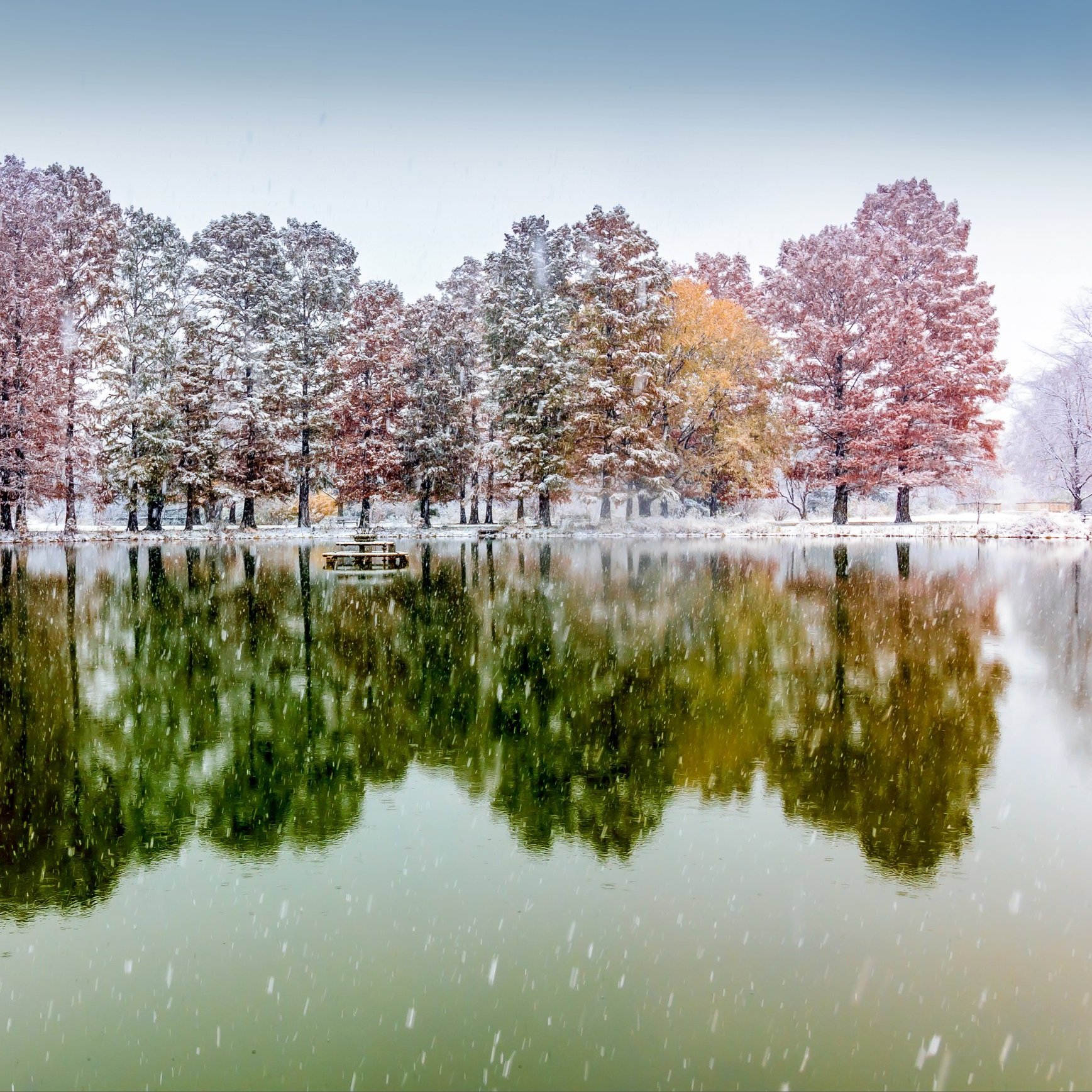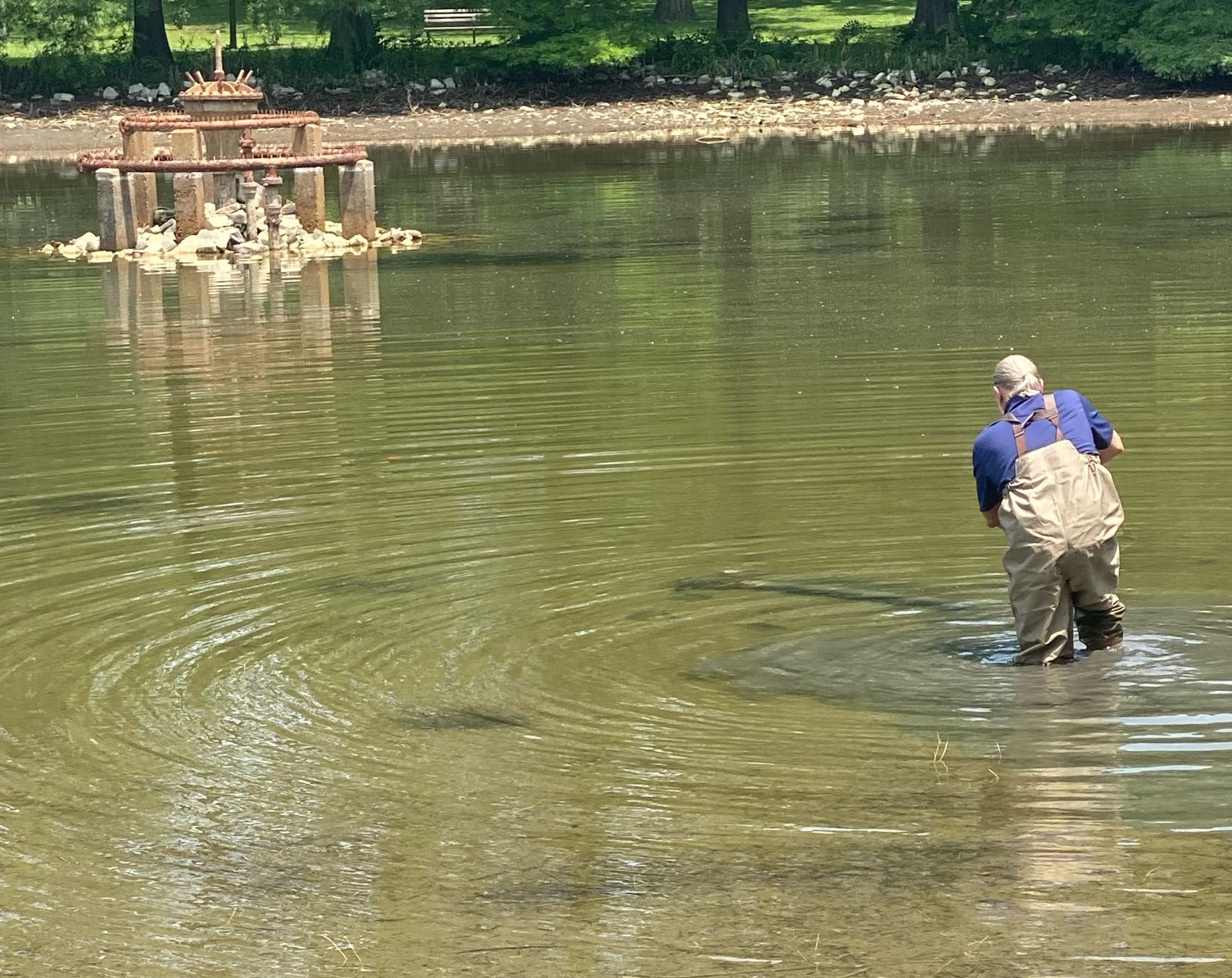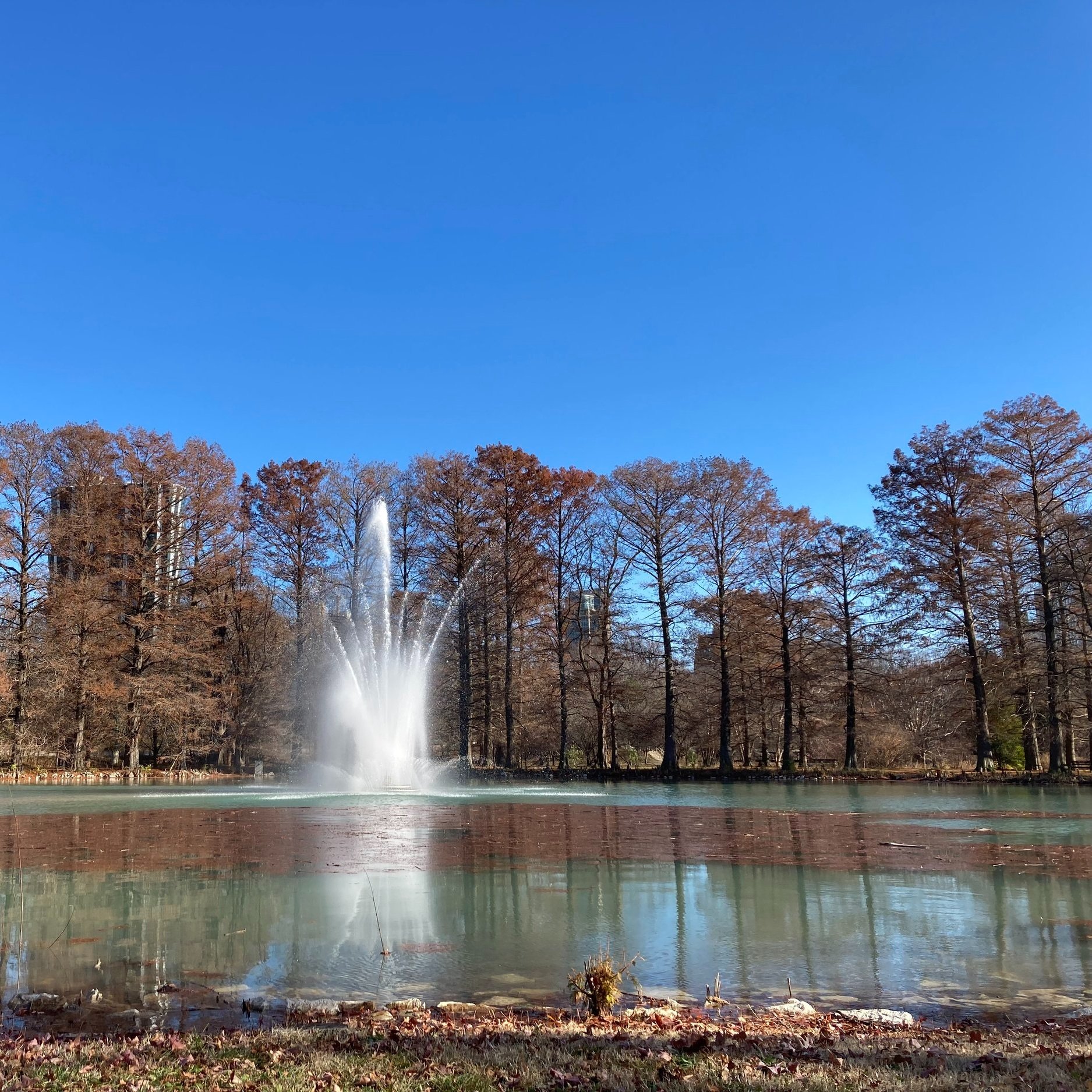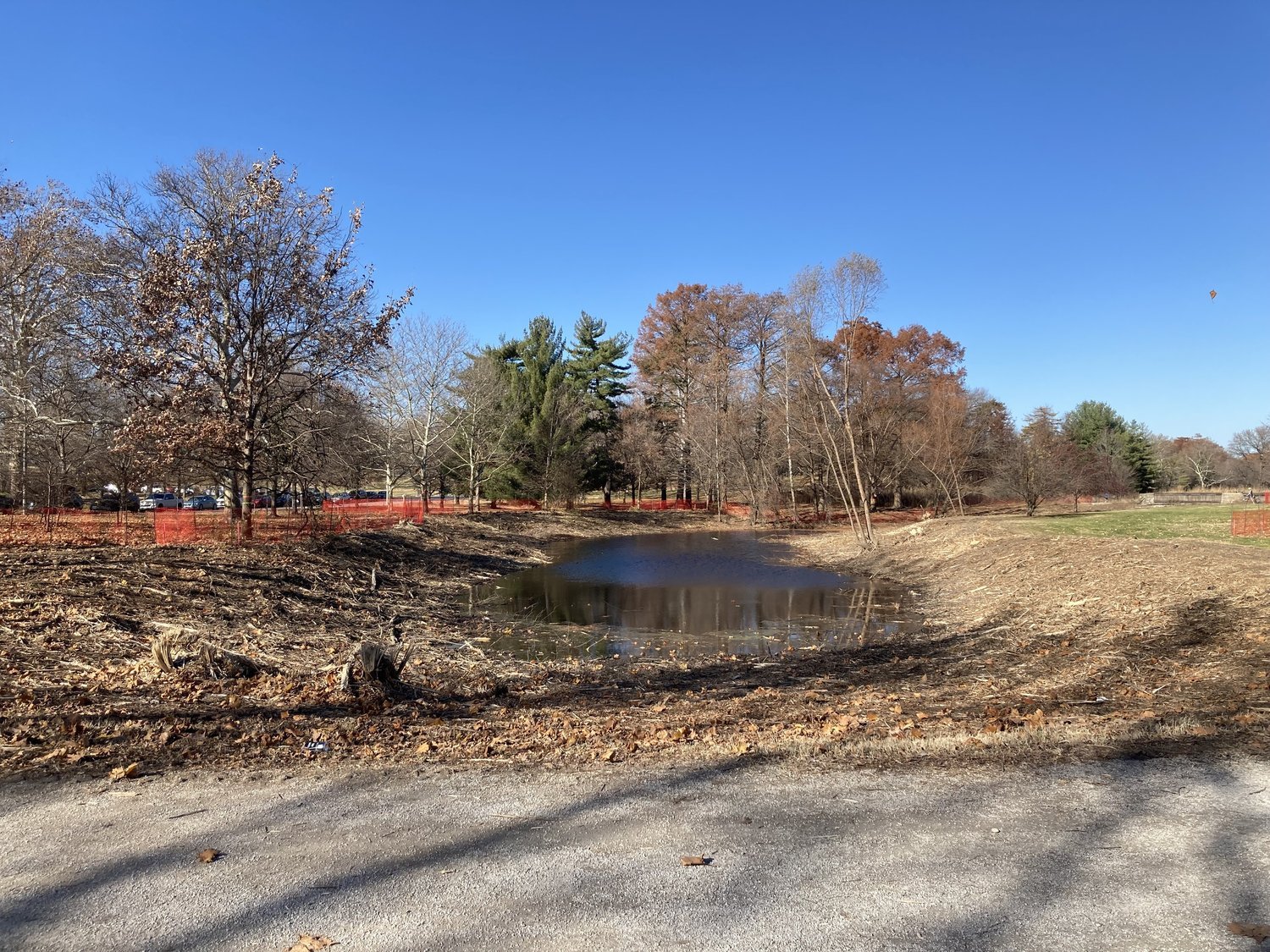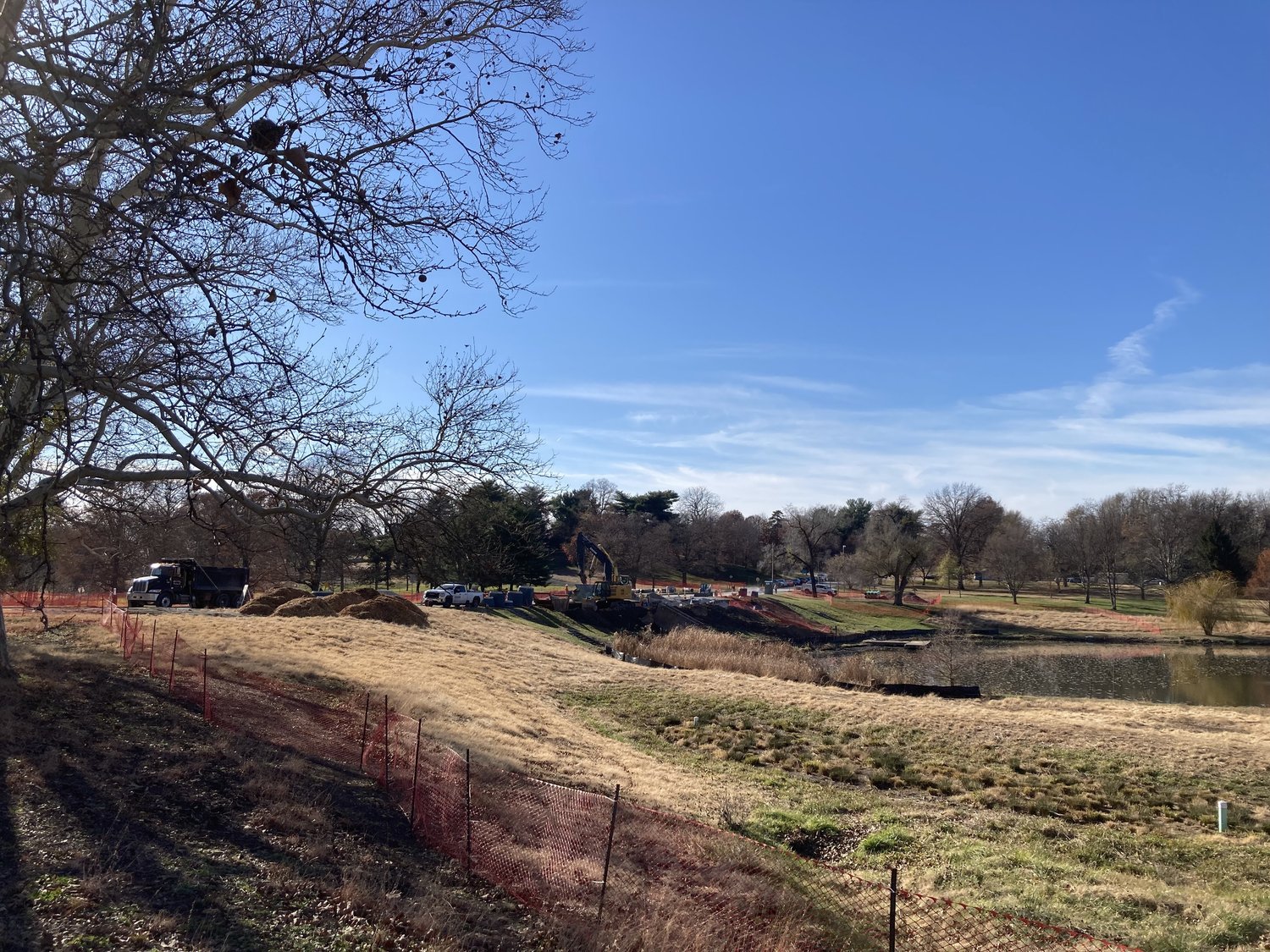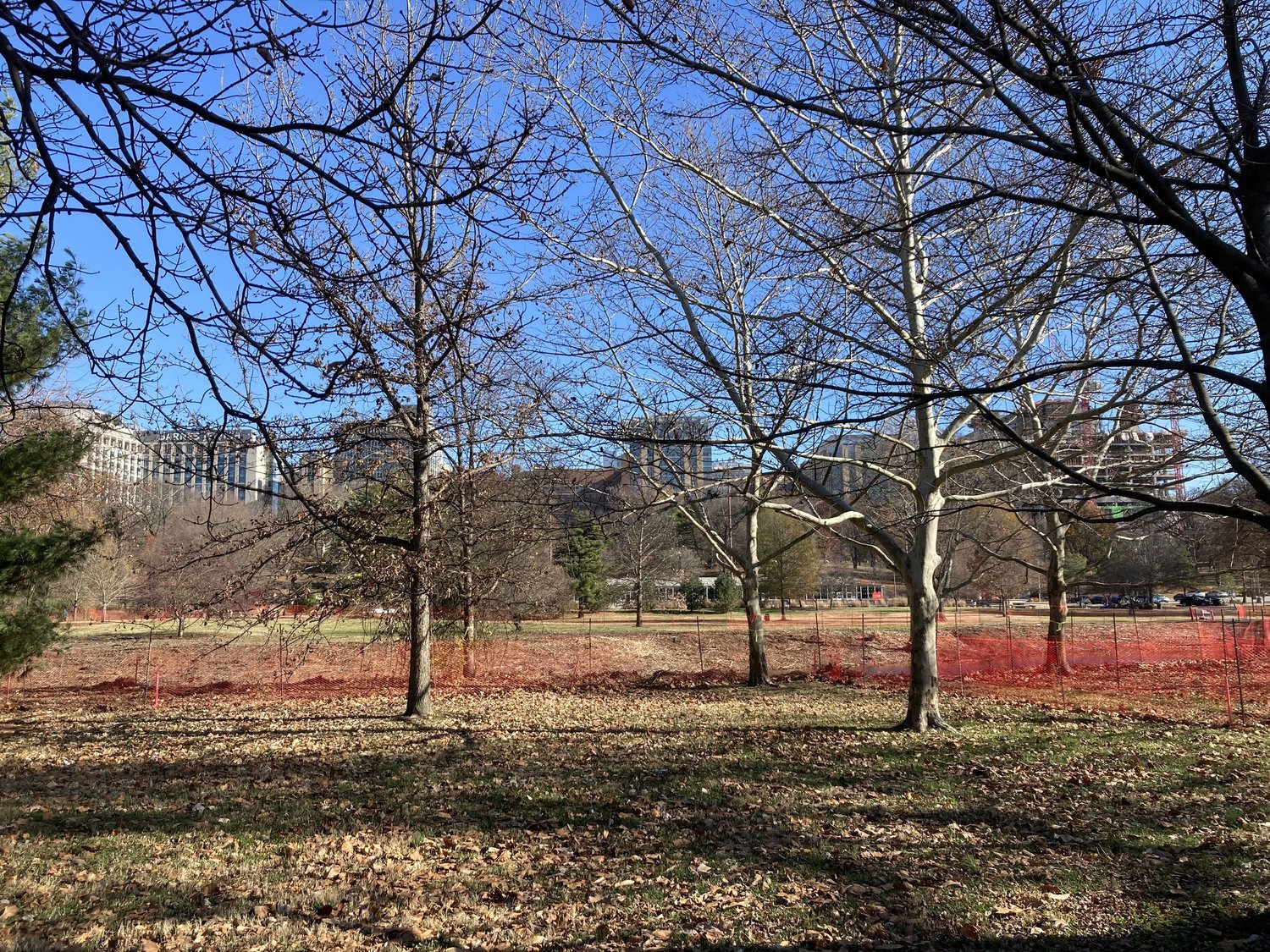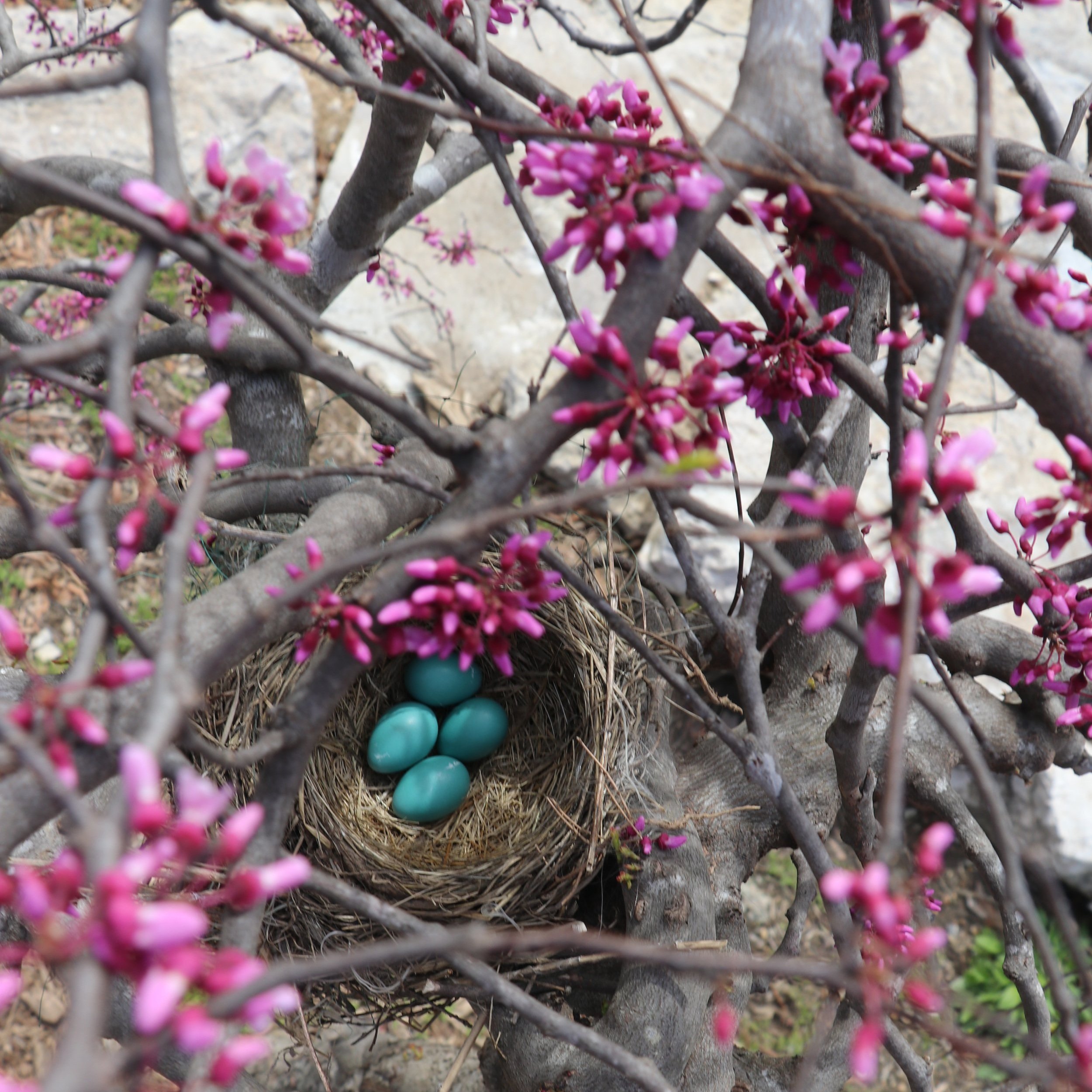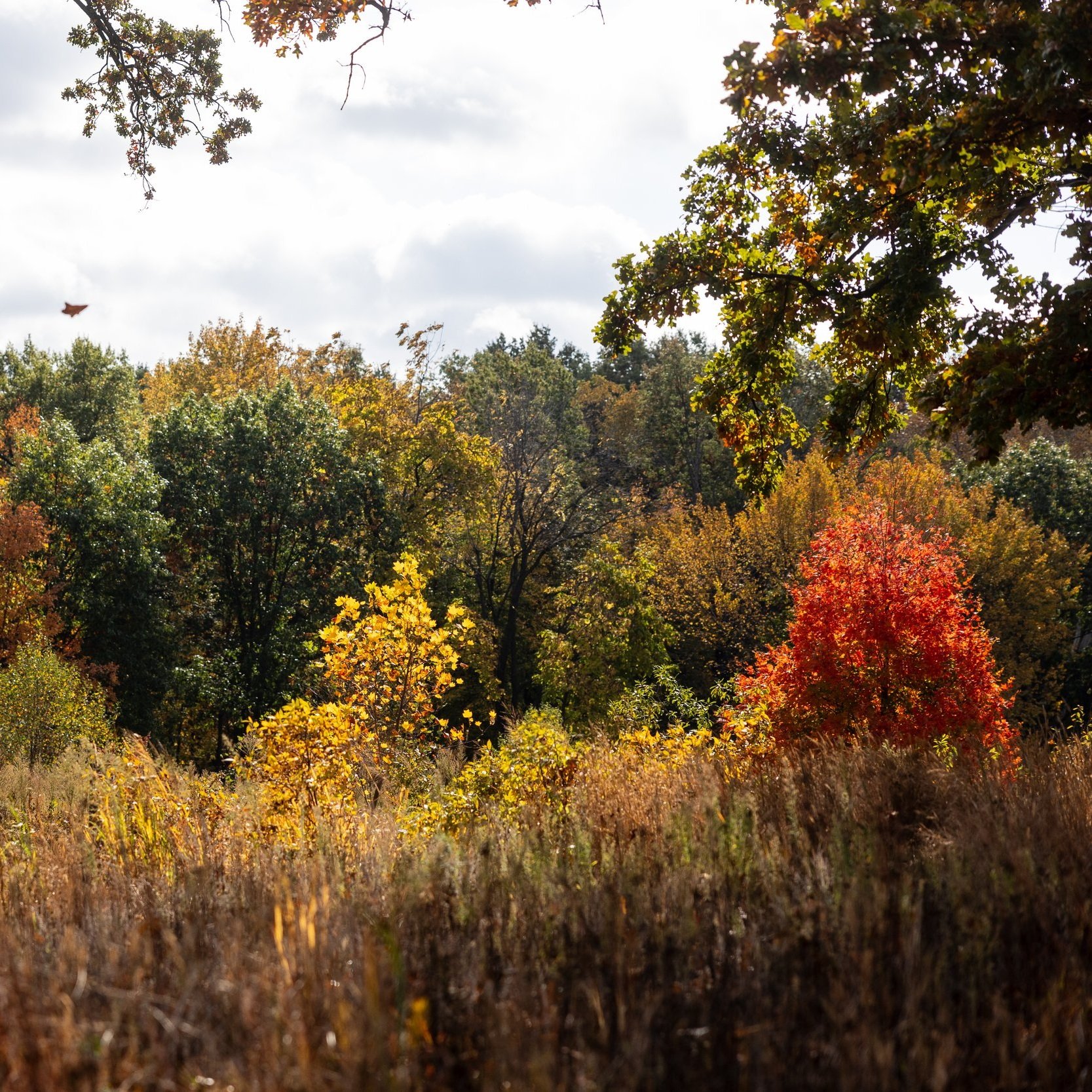Our Work for the Next Generation
Pausing to Reflect
It's hard to believe if you stroll around beautiful Forest Park today, but this public green space was not always a point of pride for our region. In the 1980s Forest Park was in decline, with crumbling infrastructure, deferred maintenance and safety concerns preventing people from visiting or getting the most out of their visit. Thankfully, community members came together and founded Forest Park Forever in 1986, ultimately partnering with St. Louis City on the decades-long work to restore the City’s largest as a cherished destination. Since then, Forest Park has continued to see major upgrades, and there are still more to come.
Over the past few years, Forest Park has been named the "best city park" locally and nationwide; that kind of recognition isn't earned overnight. Our nonprofit conservancy — with annual funds raised from civic-minded individual members, corporations and foundations — funds more than half the Park's annual care. Our team works in close partnership with the City, maximizing our strengths to maintain 1,380 acres of urban green space for humans and wildlife to thrive season after season.
“We are so lucky to have Forest Park. Thanks to all the people that make it look and feel so amazing year after year. We noticed and we’re impressed ”
Forest Park is 147 Years Old — Forest Park Forever is 37
Our nonprofit is not part of the region’s Zoo-Museum tax district (ZMD). Our Park experts rely on the support of members and donors, allowing them to plan for long-term health while nimbly adjusting to the Park’s short-term needs — and unexpected needs like the record-breaking rain and flash floods that damaged infrastructure in July 2022. Each year we also partner with the City on infrastructure improvements and repairs, such as resurfacing paths, prelacing ADA ramps, refurbishing pedestrian bridges and more.
Part of that long-term planning includes capital projects that will improve the Park for generations to come. This year we are making significant progress completing connections and improving Forest Park’s beloved lakes and the Taylor Kindle River system. Meanwhile, the East Waterways project, funded by the Forever capital campaign, is entering its final phase, with construction at Jefferson Lake expected throughout 2024.
Round Lake and Bowl Lake were drained at the start of Phase II and work occurred throughout the summer— including the replacing Round Lake’s iconic but aging 1916 fountain (above). However, the most noticeable part of this project affects Jefferson Lake from end to end.
Over the last two years, our team has fortified the soil at the south end of Jefferson Lake (below, center). Over the last several months, we removed invasive and other unwieldy plants that previously obscured the waterway’s endpoint (below, left). This will open views of the green space, Steinberg Rink and Central West End skyline from Faulkner Drive (below, right).
During the project's final phase, a stunning cascade waterfall and visitor plaza will be constructed at the south end of Jefferson Lake, surrounded by a restored meadow and shoreline for visitors and wildlife to enjoy. And finally, the Taylor Kindle River, which currently terminates just west of Steinberg, will extend to the north end of Jefferson Lake to complete the waterways connection.
Urban Habitat for Humans, Plants and Wildlife
Our team is packed with passionate individuals who love this special place and bring valuable expertise across many areas, from horticulture and ecology to project management, mechanics and arbor care.
Collaboration is powerful when maintaining a one-of-a-kind space for kids and adults to explore, and our work in tandem with St. Louis City, other local organizations and industry professionals is an inspiring model for park leaders from other cities.
Over 15.5 million visitors enjoy Forest Park annually, and it is a resource for myriad regional and national interests. In early June, Forest Park Forever joined the Gateway Arch Park Foundation, Great Rivers Greenway and Tower Grove Park in co-hosting a national conference of urban park and civic leaders that showcased the progress of St. Louis parks.
“One of the pleasures of Forest Park is the opportunity to observe the natural world in an urban habitat, and Forest Park Forever is committed to sustaining this ecological balance in our region.”
During the conception of Forest Park Master Plan in the 1990s, considerations were made to restore and reinvigorate the Missouri beauty that has always drawn city residents into the natural environment. This conception included a design for a Nature Reserve to span the length of the Park, offering environmental engagement and forming a refuge for native plants and wildlife.
The 194 acres of Nature Reserve in Forest Park include old-growth and restored native forests, woodlands, tall grass prairies, savannas, wetlands and 2.5 nautical miles of reconstructed waterways. As one of the country's top urban ecosystems, the Park attracts study and attention from industry-leading experts and students learning about “nature” and "wildlife" while using the Park as a living laboratory.
Our Park Ecologist and Nature Reserve team is proud to collaborate with and support initiatives like the Forest Park Living Lab — several institutions tracking various species in the Park, to make this kind of park "laboratory" accessible to all.
In August, researchers from the Living Lab tagged a red-tailed hawk to track its movements (right). Within two months, the data on the hawk's travels conveyed frequent trips throughout the St. Louis area and long-haul trips — to Iowa and back in one day — all while returning to Forest Park.
Park leaders across the country hear of our work, and we are all too happy to share the news. In September, Forest Park Forever Ecologist Amy Witt presented at the 10th annual Hixon Center Urban Conference. Witt shared applied management strategies for tree canopies in natural forest areas within city boundaries, focusing on protecting threatened natural forests in cities. Participants and fellow presenters were very interested in learning more about Forest Park Forever's success in partnering with the City to control prescribed burns in the Park for over a decade.
Watch the recorded event and get more information here.
Thinking Ahead
As of this year, St. Louis is in a new plant hardiness zone, so our plans for sowing, planting and caring for Park flora into the next generation need to accommodate the changing climate.
There are over 47,000 trees in Forest Park, making them a critical part of our infrastructure, and we actively maintain at least 16,000 individual trees. The Forest Park Forever Arbor Team focuses on caring for and managing single trees in our mowed and manicured areas while working alongside our Nature Reserve team to improve canopy and ecosystems. They also collaborate with our Horticulture Team to care for tribute trees and make those special places around the Park a serene respite.
Over the last two planting seasons — in partnership with the City and thanks to generous support from supporters like you — Forest Park Forever has planted over 2,200 trees and double that amount in native plants, shrubs, forbs, grasses, sedges and rushes with an eye to how the Park will look in 20 years.
Members are the Heart of Forest Park Forever
Member funding supports our conservancy's work to create welcoming landscapes and preserve Missouri habitats and history in St. Louis City. While major gifts have contributed to many favorite places in the Park, our community's support ensures Forest Park remains a great place to enjoy.
Season after season of restoring and maintaining Forest Park grows our excitement to meet the next generation who will keep our work going and take care of areas like the Nature Playscape, Kennedy Forest and the Nicholas J. Booker Basketball Courts in the future.
Our Education Team shares resources with young people and organizations that work with youth – like the St. Louis Public School district and St. Louis City Rec Centers — and has led 108 programs engaging over 8,000 participants in Forest Park.
By joining Forest Park Forever as a member or making a one-time or additional gift today, you invest in the spots holding a special place in your heart — and in the hearts of all who will follow in your footsteps.

